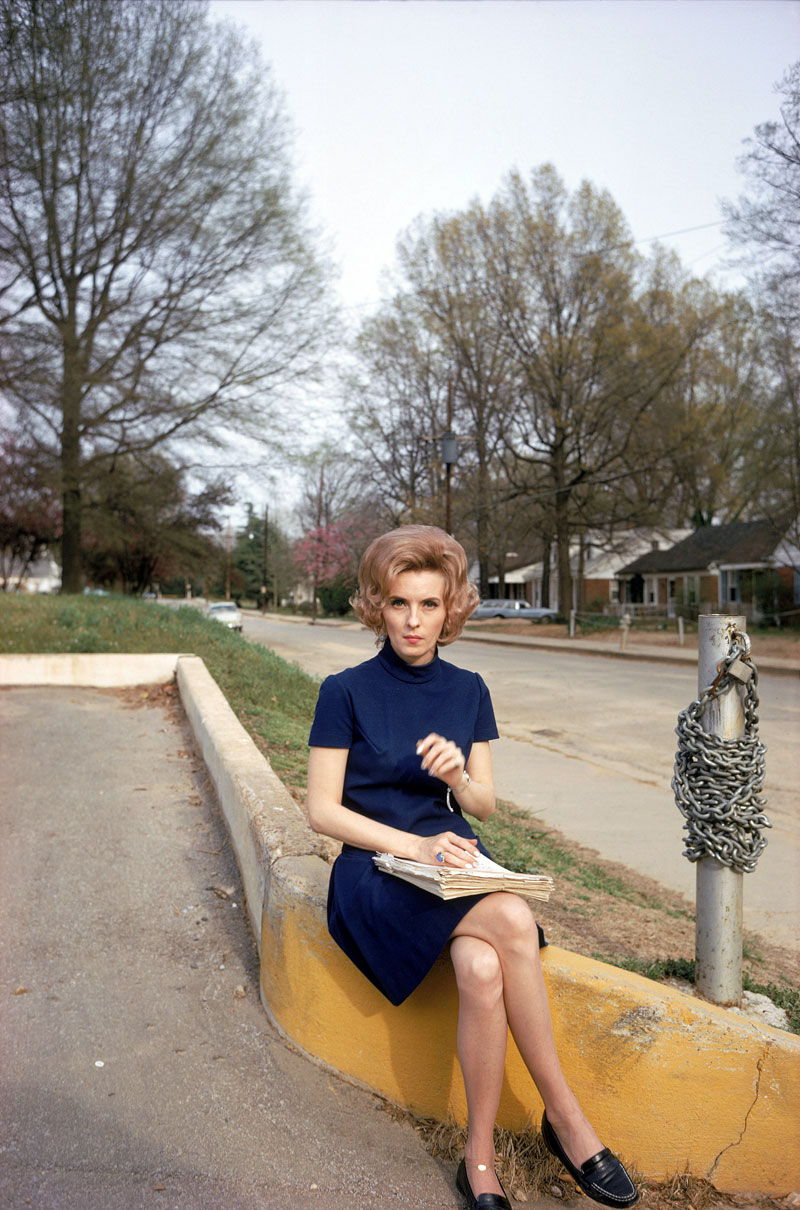I've been musing about the exhibition which recently closed at the National Portrait Gallery of photographs by William Eggleston. The focus on the quotidian and the mundane and his unsparingly realist aesthetic is nonetheless utterly compelling when presented as art in a gallery. There are no feints just wonderful composition.
Yet looking at his pictures put me in mind of David Lynch with all the unsettling, slightly off kilter and quite simply worrying intensity that suggests. Whilst the style is realist and the subjects are familiar the way that objects, but most particularly people, are presented is markedly distinct. I thought at tines that I might have entered the world of Mulholland Drive.
There is a constant sense, much sought after by photographers, of having captured a moment with a very clear before and after. The sense that these subjects are caught in the act but also that there is something almost alchemical happening. These moments rarely look comfortable. Some subjects stare at the camera with a slightly knowing quality. Others seem almost to ignore it. Some seem hardly able to bear it. Some seem all too aware and almost resigned.
Many seem both poised but also unknowable. Somehow inscrutable. There's a paradox for a photographer in being able to capture people so exquisitely in all of their detail and give the sense that they have just been interrupted and yet somehow leave them completely alien to the viewer. You have the sense that he doesn't want the photograph to tell you everything about them. In fact, he wants you to know that the other is truly unknowable.
He can show the moment and you know there's a story from which it is taken but the book is elsewhere and the cover can only be opened by the person in picture.
So I emerged feeling that these were stills from a whole series of films that I was sure that I'd seen ...but couldn't quite place.
Films that I wasn't really being invited to watch.
Flashes from a past around which we can weave dialogue and narrative.
But scintilla.
Ravishing and secret at heart.

%20Eggleston%20WEB.jpg)

Comments
Post a Comment